SILVER PLATING
Silver plating is a practice that is done for a variety of reasons, on both individual and commercial levels. Silver plating is sometimes added to other metals simply to enhance the aesthetic appeal of the item. It is also often used as a way of increasing the conductivity of another metal, particularly in electronic devices.
two basic types of silver
Two basic types of silver are available for household use: solid silver and silver-plate. Solid silver is the best bet if planning to make a major investment in jewelry, flatware or serve ware that you will use for years. Silver plate, however, is a suitable alternative for household items you won't use much or keep for long. Silver plate is significantly less expensive, making it easier to afford beautiful pieces without the high cost.
The benefits of silver plating
There are varieties of metal that can be plated with silver. At times it is also used to beautify the metallic articles. The reason why silver is preferred over the other is due to the low-cost factor. Electroplating or the process of silver plating metals has been in use since the ancient, time. The first or the very early things that have been electroplated were coins and the government signs and badges. Plating helps in improving corrosion resistance and it also enhances the solder-ability and strength of the metal. Plating is also essential for the parts that are designed to carry heavy electrical currents.
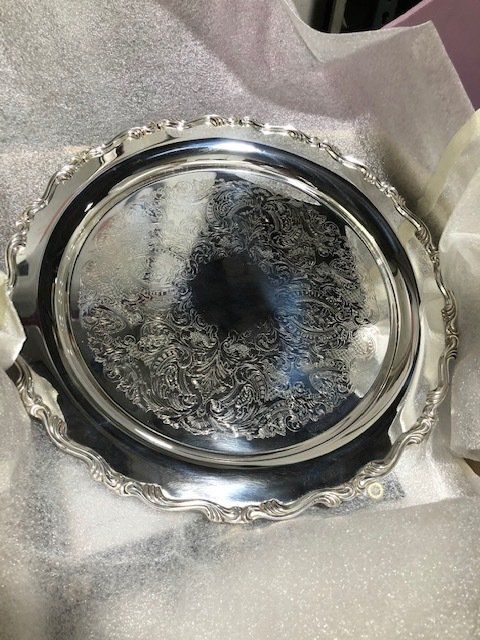

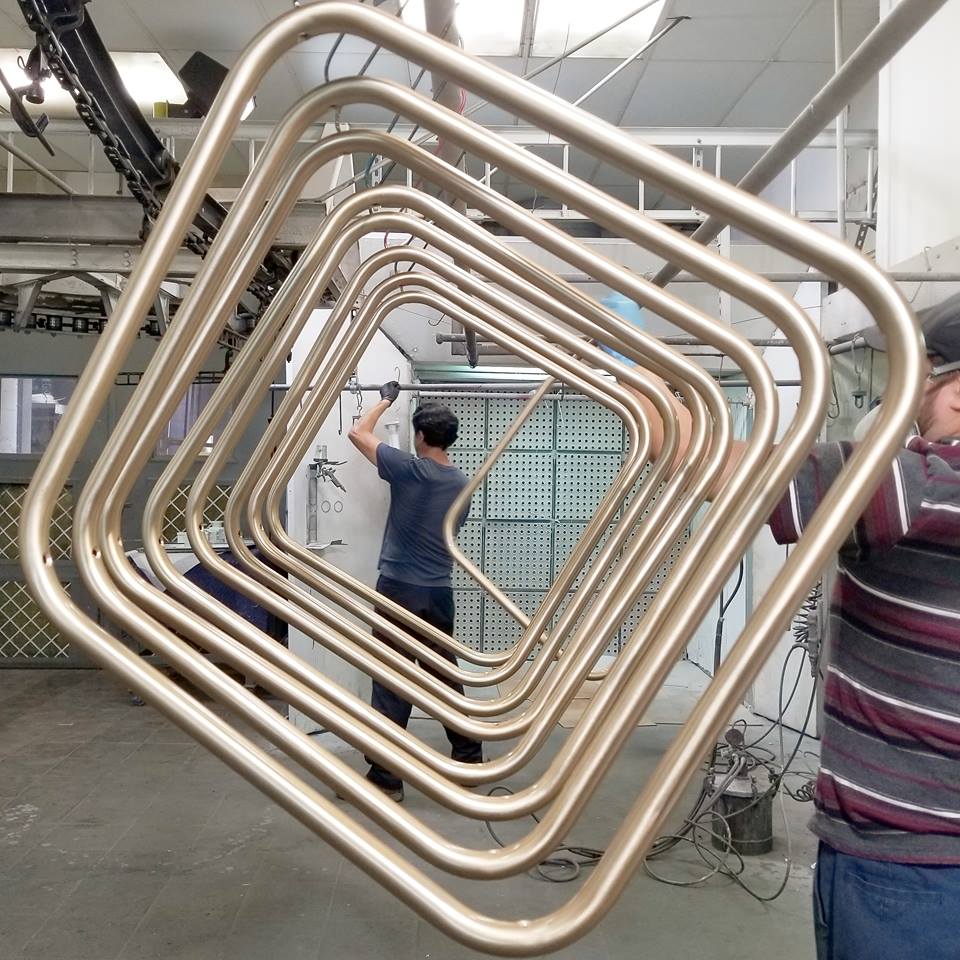
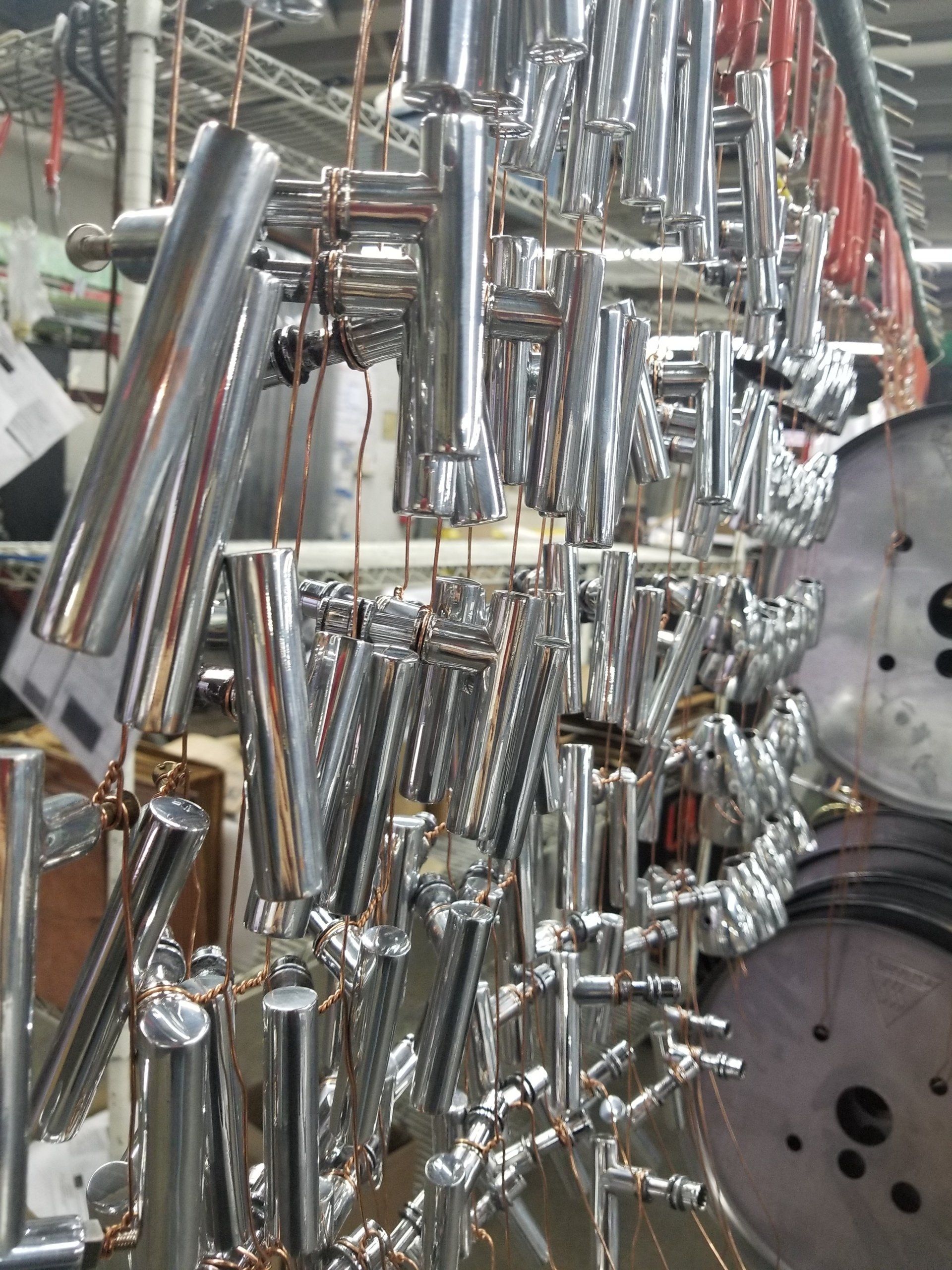
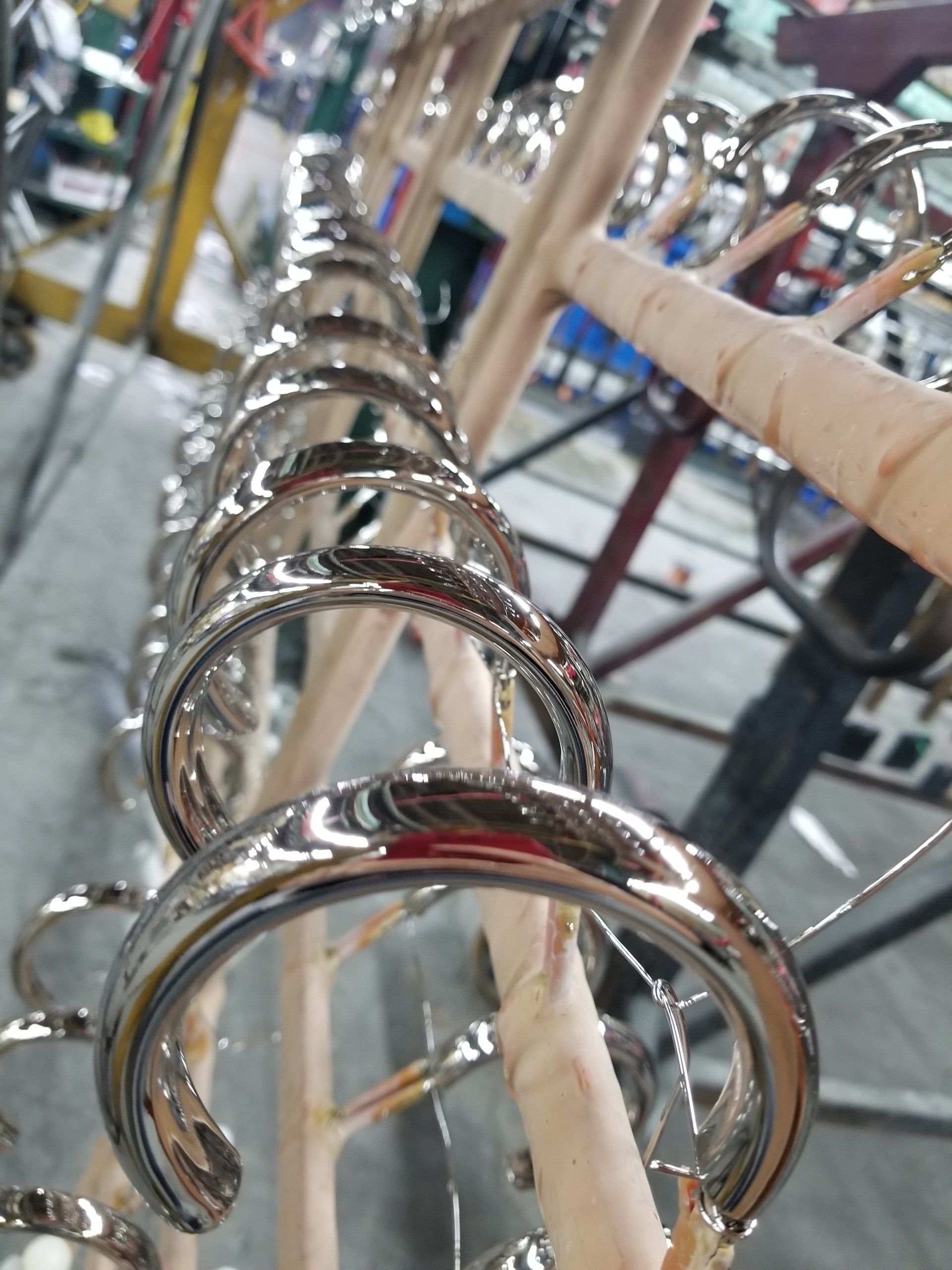
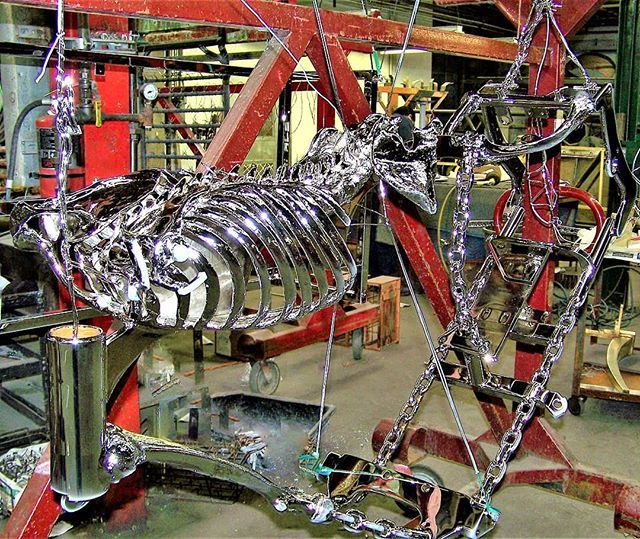

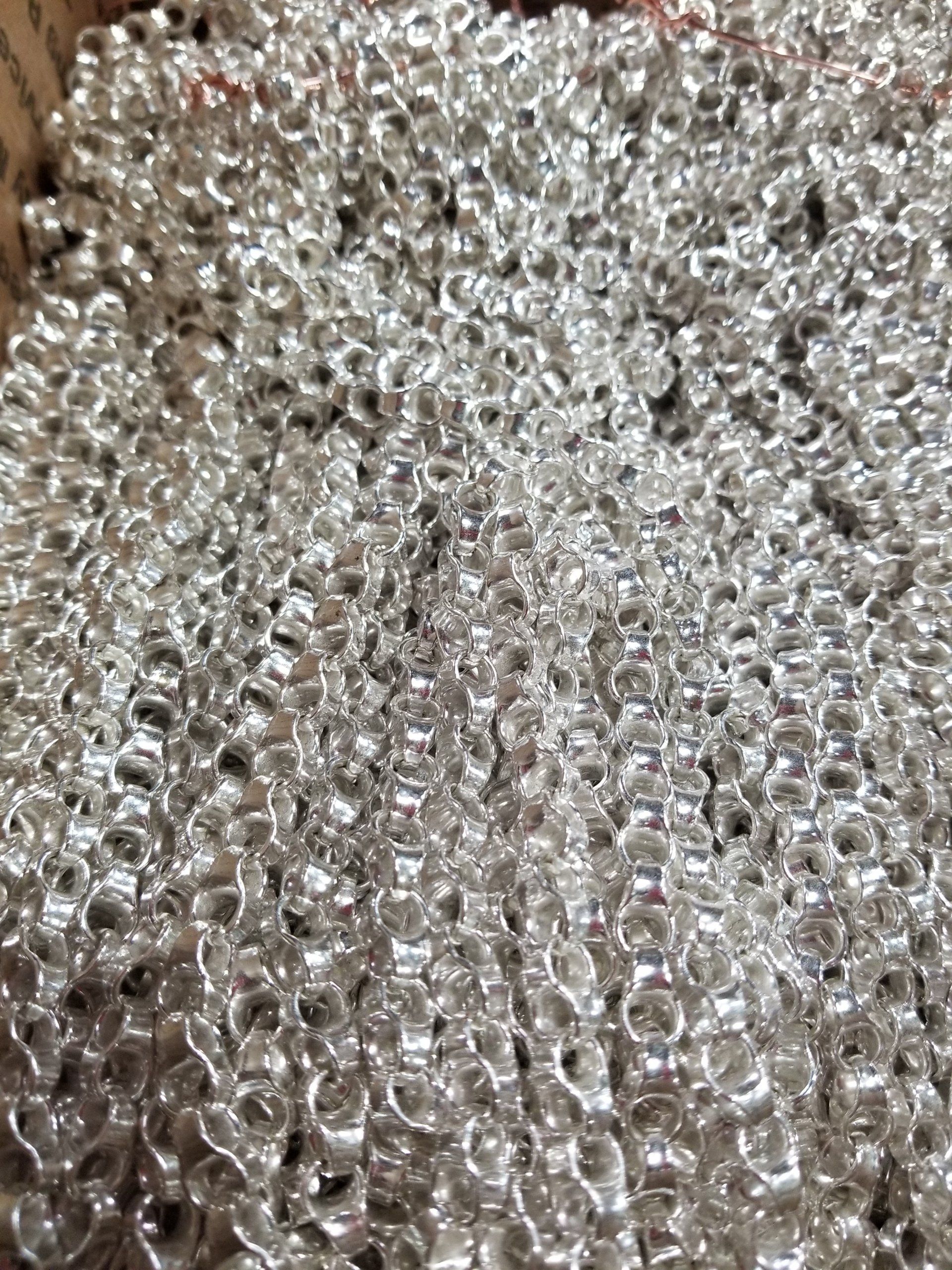
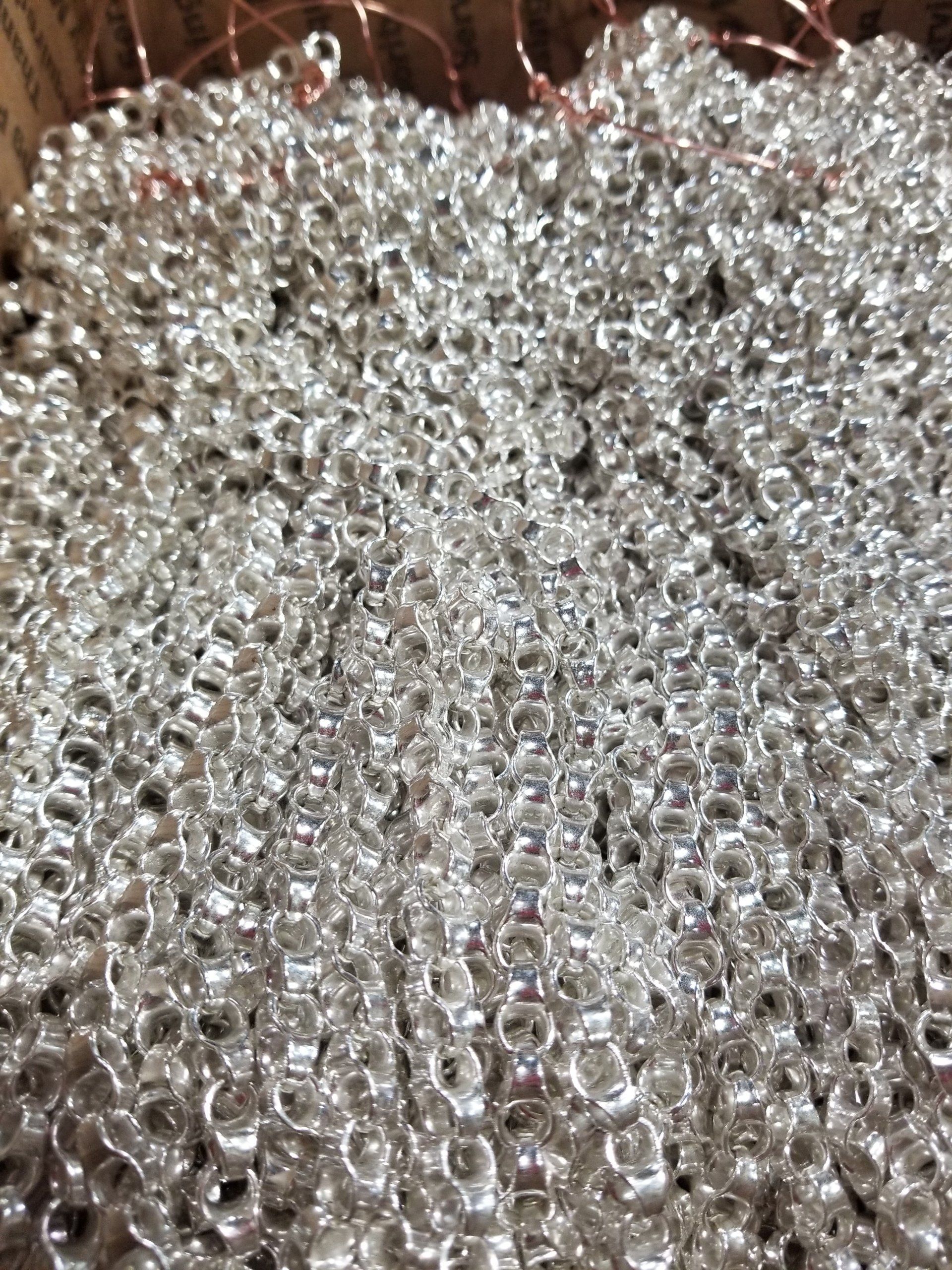


 323-268-6353
323-268-6353









 323-268-6353
323-268-6353